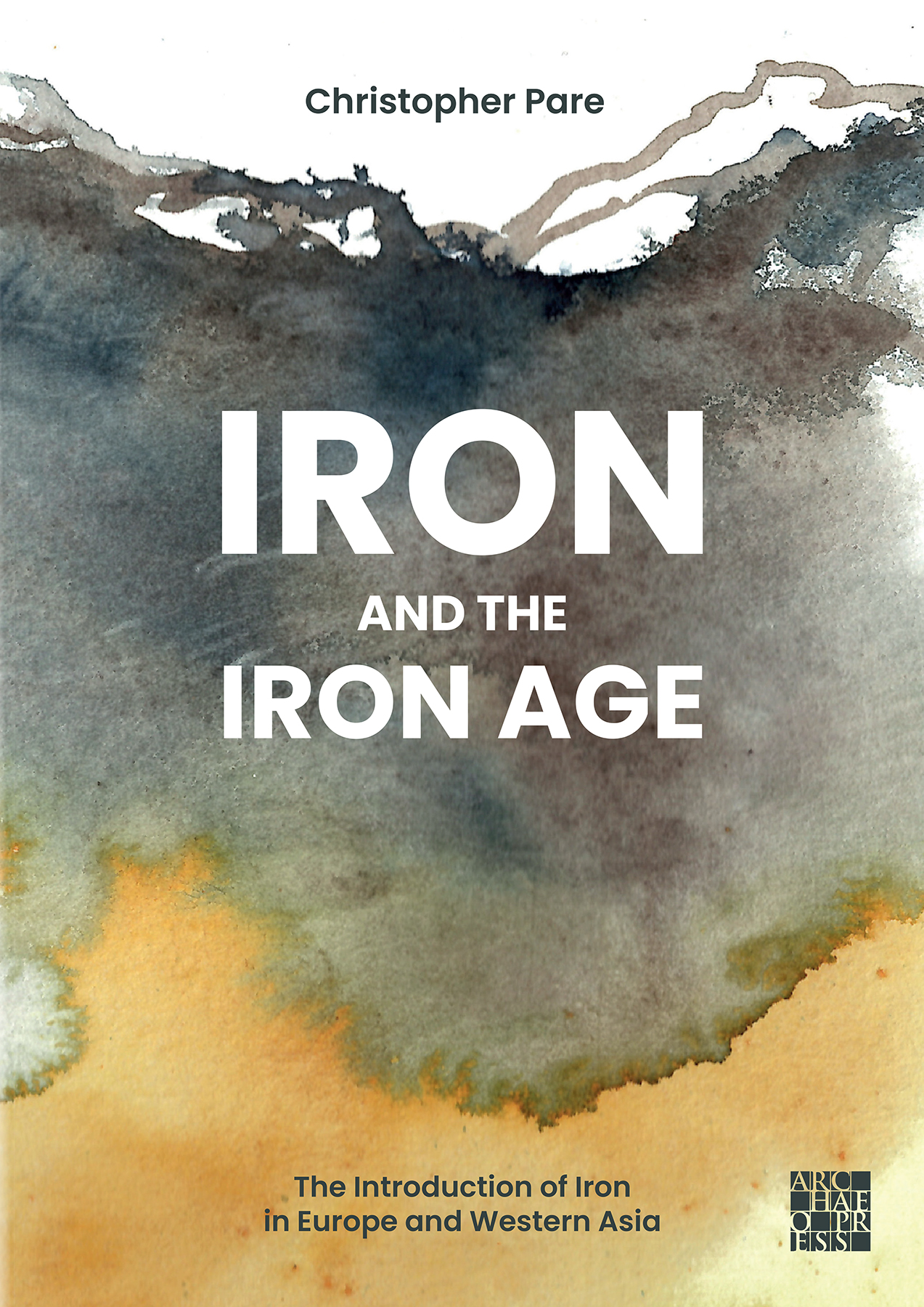
Publishing Scholarly Archaeology since 1997

Download Sample PDF
H 290 x W 205 mm
368 pages
66 figures, 8 tables (mono throughout)
Published May 2025
ISBN
Hardback: 9781805830009
Digital: 9781805830016
Keywords
Iron Age; Iron Production; Europe; Near East; Western Asia; Mediterranean; Aegean
Related titles




Iron and the Iron Age
The Introduction of Iron in Europe and Western Asia
Hardback
£70.00
A comprehensive account of the adoption of ironworking in Europe and Western Asia, based on archaeological evidence alongside written sources from the Neat East. Southern Europe and the Near East are the focus, but the book also considers early ironworking in Central Europe, the North Pontic steppe and the regions north and south of the Caucasus.
Contents
Acknowledgements
Chapter 1. Introduction
Iron and the production process
The archaeological sources: problems and potential
Technological innovation and social context
Notes on the structure of the book
Chapter 2. The Near East
Evidence from textual sources during the 2nd millennium BC
Earlier archaeological evidence (ca. 20th – 13th century BC)
Later archaeological evidence (ca. 13th – 10th century BC)
Discussion and conclusions
Chapter 3. Cyprus
Iron in Late Cypriot IIIA
Iron in Late Cypriot IIIB
Iron in Cypro-Geometric I
Discussion and conclusions
Chapter 4. The Aegean
Iron before 1200 BC
The 12th and the first half of the 11th century BC
The second half of the 11th and the early 10th century BC
The 10th century BC
Discussion and conclusions
Chapter 5. The eastern Balkan Peninsula
Knobbed, fluted and stamped pottery
Selected early iron artefacts
Discussion and conclusions
Chapter 6. The area north of the Black Sea
The Bilozerka culture
The Hordiivka cemetery
Cultures between the Dnister and the Carpathians
The Chernoles and Bondarikha cultures of the forest steppe
Discussion and conclusions
Chapter 7. The Caucasus
South of the Caucasus
North of the Caucasus
Chapter 8. The central and western Balkan Peninsula
Albania, Dalmatia and Istria
Slovenia
Bosnia-Hercegovina and central and northern Croatia
The central Balkans
Bronze and iron in hoard depositions
Bronze and iron in the manufacture of swords, dirks and daggers
Discussion and conclusions
Chapter 9. The Carpathian Basin and the wider European context of the introduction of iron
Notes on early iron in Transylvania and the Banat
The earliest iron in the Carpathian Basin and the area north of the Alps
Iron in the late Urnfield period: utilitarian implements and status symbols
Hoard deposition in the Carpathian Basin and the Bronze/Iron transition
Crisis and system collapse in the Carpathian Basin
The demise of the Standard Bronze value system
Discussion and conclusions
Chapter 10. Italy
Southern Italy
Sicily
Sardinia
Central Italy
Northern Italy
Discussion and conclusions
Chapter 11. The Iberian Peninsula and the Balearic Islands
The Villena Treasure
Phoenician traders and the first colonial foundations
The introduction of iron in Portugal
The introduction of iron in Spain
Discussion and conclusions
Chapter 12. Conclusions
Frequently occurring forms of artefacts during the early stages of the adoption of iron
Summary of the main trends in the introduction of iron
Iron and the Iron Age
Concluding remarks and perspectives for future research
References
About the Author
Christopher Pare studied Prehistoric Archaeology at the University of Edinburgh, then conducted his doctoral research on Wagons and wagon-graves of the Early Iron Age in Central Europe at the University of Oxford. After working in the Römisch-Germanisches Zentralmuseum in Mainz and at the University of Birmingham, he transferred to the Johannes Gutenberg University in Mainz as Professor of Pre- and Protohistoric Archaeology. Apart from his theoretical work, the author has directed fieldwork in England, Germany, Italy and Romania.

 Add to wishlist
Add to wishlist
